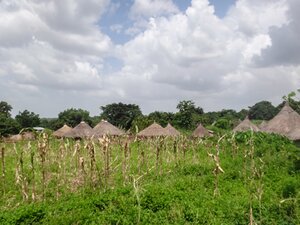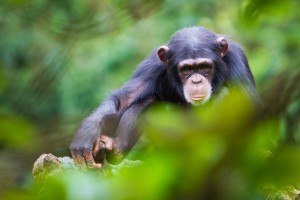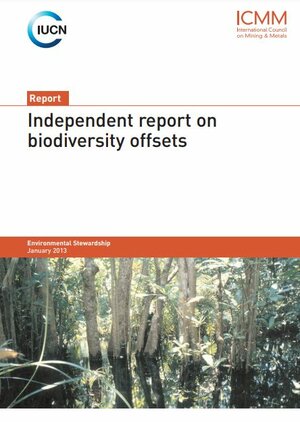Mining & extractives projects
ICMM & IUCN: Biodiversity offsets report
The International Council on Mining and Metals (ICMM) and the International Union for Conservation of Nature (IUCN) jointly commissioned The Biodiversity Consultancy to write an independent report on biodiversity offsets. This report presents the clearest advice available to date, based on practical experience of guiding offset strategies and implementation. It defines practical steps which practitioners in industry and the conservation sector can take to put offsets to work for conservation and to reduce risk for business. Key areas covered include principles and methods, application to the mining sector, best-practice case studies, ecosystem services, and regulatory versus voluntary regimes. Biodiversity offsets are compared to other forms of environmental stewardship.
This report seeks to inform the mining industry and the conservation sector of the offsets discussion, providing an overview of the current and key issues regarding biodiversity offsets. It sets out some pragmatic ways forward, covering the business case for offsets, principles and methods, application to the mining sector, best-practice case studies, relationship to ecosystem services and the remaining challenges. It can be read as a summary for executives and managers or as a detailed scoping report for environmental specialists with some familiarity with biodiversity offsets. It also functions as a sourcebook of key references for technicians and consultants in mining and conservation.
The report explores industry’s experience that, rather than a lack of theory, it is practical issues of implementation and adaptive management (combined with external risks such as differing government expectations) that can cause offsets to fall short of their goals. It is the absence of a solid track record that causes the business community to remain hesitant to invest in offsets due to uncertainty of outcomes. Nonetheless, some best-practice offset designs have recently emerged that demonstrate solutions based on practical experience.

Rio Tinto Simandou, Guinea: IFC PS6 and SEIA development
A 2009 full assessment of Critical Habitat for the Rio Tinto Iron Ore Simandou mine in Guinea set a global benchmark for quality and character of Critical Habitat assessments. We developed effective, practical, custom-built methods to apply International Finance Corporation (IFC) Performance Standard 6 (PS6) to the comprehensive biodiversity dataset available for the site. In 2012, we worked with Environmental Resources Management (ERM) to ensure the social and environmental impact assessment (SEIA) for all three project components (mine, rail and port) aligned with IFC PS6.
Our development of the mine’s Critical Habitat assessment at the Pre-Feasibility stage allowed the project to identify and prioritise high biodiversity risks. Early identification of risks facilitated greater use of simpler and more cost-effective earlier steps within the mitigation hierarchy, such as avoidance of key areas for chimpanzees and minimisation of impacts on key areas of forest through in-pit dumping. Understanding of Critical Habitat-qualifying biodiversity in the project area has also supported high-level design of biodiversity offsets.

Rio Tinto Simandou, Guinea: Pic de Fon Forêt Classée
The Biodiversity Consultancy led the development of the community-based management plan for the Pic de Fon Forêt Classée, a protected area in Guinea. The work was initiated by Rio Tinto to find a stakeholder-based solution to balance iron ore mining, chimpanzee conservation and local community forest use within the same forest. The result was a new law passed by the Minister of Environment of Guinea in 2010. The plan is a model for effective collaboration between government, the private sector and local communities.
This co-management model shares roles and responsibilities between partners to mitigate pressures on the forest. We advised on the strategic direction with Pic de Fon management partners for the development of the management plan and supported the community consultation process, which led to the creation of community forest management committees. We facilitated the definition of roles and responsibilities during several partner workshops. The protected area was divided into three zones to aid management: a fully protected area, a production area and a mining area. The main planned biodiversity management activities by the Pic de Fon Forêt Classée staff are bushfire management, reforestation, protection of headwaters from agriculture and other threats, control and monitoring by joint community and forest service teams of illegal activity, research, and specific actions for priority biodiversity features including endemic plants and amphibians. Communities are leading sustainable management activities, including hunting (by a hunters’ association), harvesting of non-timber forest products, agriculture and fishing.

